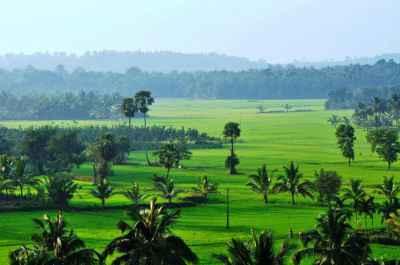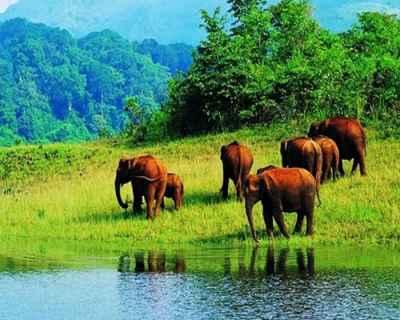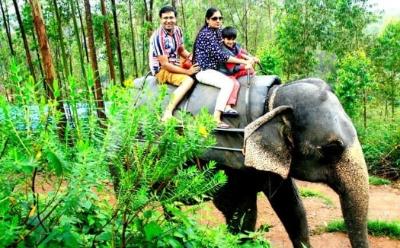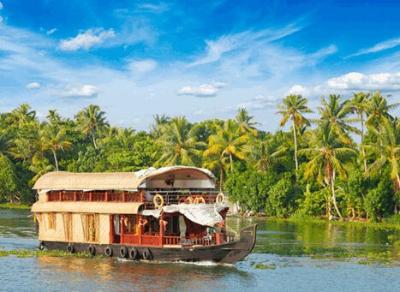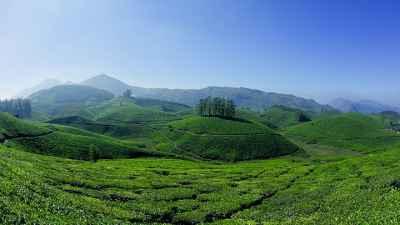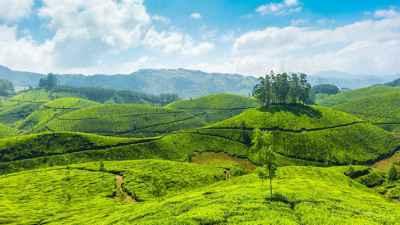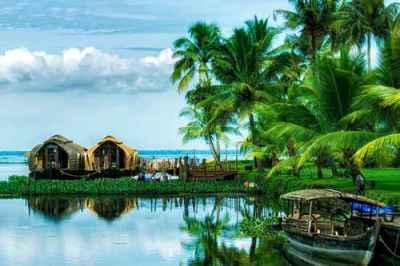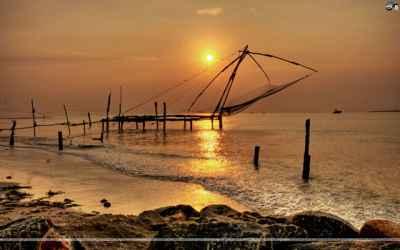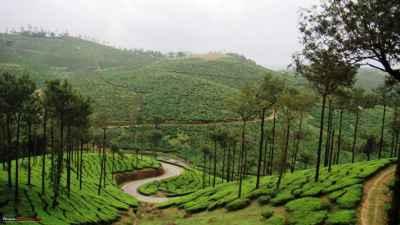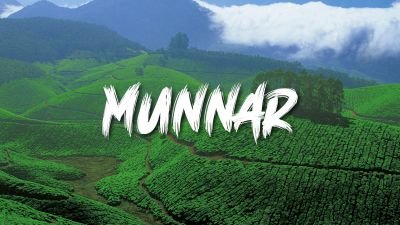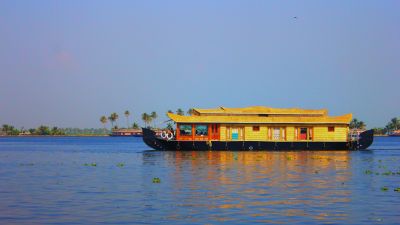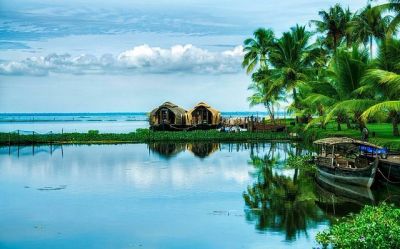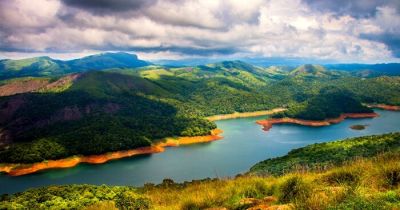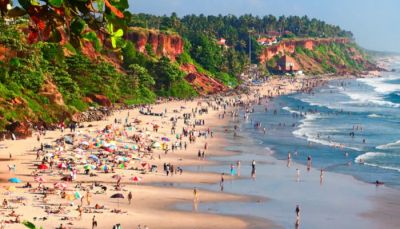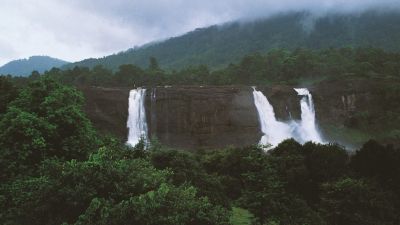Tribal Tales of Kerala: Storytelling and Traditions
When we think of Kerala, we often picture the serene backwaters, the lush greenery of the tea estates, and the beautiful beaches. But there is another aspect of Kerala that is often overlooked - its rich tribal culture. Kerala is home to several indigenous tribes, each with their unique traditions, customs, and stories. In this blog post, we will delve into the tribal tales of Kerala and explore the fascinating world of storytelling and traditions that have been passed down through generations.
The Indigenous Tribes of Kerala
Kerala is home to more than 35 indigenous tribes, spread across its forests and hills. Some of the prominent tribes include the Irulas, Kurumbas, Mudugas, Mannans, and Paniyas. These tribes have been living in harmony with nature for centuries and have their unique languages, rituals, and art forms.
Most of these tribes reside in the mountainous regions of Kerala, such as Wayanad, Idukki, and Palakkad. Their way of life is closely connected to the land, and they rely on agriculture, hunting, and gathering for their sustenance. The tribes have a strong sense of community and follow their own set of customs and traditions.
Storytelling - A Window to the Past
Storytelling has been an integral part of tribal culture in Kerala. It is through stories that the tribes pass on their history, beliefs, and values to the younger generations. These stories are often transmitted orally and have been characterized by their vivid imagery and expressive narration.
One of the most popular forms of storytelling among the tribes is the 'pattu' or the tribal song. These songs are sung during festivals and gatherings and reflect the daily lives, struggles, and triumphs of the tribal communities. The songs are accompanied by traditional instruments like the 'ullu' (a bow-shaped wind instrument), 'tapu' (a kind of drum), and 'kuzhal' (a wind instrument made from a plant stalk).
Another form of storytelling practiced by the tribes is 'kathaprasangam,' a form of narrative performance. In a kathaprasangam, the storyteller recounts stories from tribal mythology, folklore, and history, often accompanied by music, dance, and gestures. These performances are usually held in the evening around a bonfire and attract the entire community.
Traditions and Customs
The tribal communities of Kerala have a rich tapestry of traditions and customs that are deeply rooted in their way of life. Many of these traditions revolve around agricultural practices, hunting rituals, and nature worship.
For example, the "Kamandi" ritual, observed by the Paniya tribe, marks the end of the agricultural season. During this ritual, the village deity is worshipped, and the ceremonial plowing of the fields takes place. The Paniyas also celebrate their New Year, known as "Vishu," with great pomp and show.
The Mannan tribe has a distinct tradition called "Kolattam," a dance form performed during the harvest season. The dancers hold small wooden sticks in their hands and strike them together in a rhythmic pattern, accompanied by songs and chants.
Similarly, the Irula tribe celebrates a festival known as "Pongal," which is dedicated to the Sun God. They create intricate rangoli designs using rice flour and offer prayers for a bountiful harvest.
Preserving Tribal Culture
Despite facing numerous challenges like displacement, deforestation, and acculturation, the tribal communities of Kerala have managed to preserve their rich cultural heritage. Efforts are being made by both the tribes themselves and various governmental and non-governmental organizations to promote and protect their traditional practices.
Government initiatives like the Tribal Research Institutes (TRIs) have been established to conduct research, document tribal customs, and provide support for tribal development. Cultural festivals and events, such as the Kerala Tribal Arts Festival, provide a platform for tribal artists and performers to showcase their talents and keep their traditions alive.
Additionally, eco-tourism initiatives have been introduced in certain tribal areas to provide sustainable income opportunities for the tribes while also raising awareness about their culture.
Conclusion
The tribal tales of Kerala represent a vibrant and captivating aspect of the state's cultural heritage. From the mesmerizing storytelling to the rich traditions and customs, these tribes have managed to preserve their unique identity in the face of modernization. By immersing ourselves in their stories and traditions, we not only gain a deeper appreciation for the indigenous tribes of Kerala but also contribute to their ongoing efforts towards cultural preservation. So, the next time you visit Kerala, make sure to seek out these tribal communities and discover the hidden tales that lie within.
Did you find this blog post interesting? Share it with your friends and let them know about the tribal tales of Kerala!
Disclaimer : The information provided in this blog is for general informational purposes only. While we strive to keep the content accurate and updated, TravelSetu assumes no liability for errors or omissions. If you believe any part of this blog infringes your rights or causes concern, please notify us immediately at info[at]travelsetu[dot]com so that appropriate action can be taken.
